Neurographics is a creative form of conveying the perception of the world in the process of setting and solving psychological problems. The basis of the unique drawing technique is visual images after understanding the problem, depicted graphically.
The principles of drawing are based on the emotional expression of anxiety through a brush. The method of depicting an existing problem was developed and applied in practice in 2014 by psychologist, PhD Pavel Mikhailovich Piskarev.
The uniqueness of neurographics is that it belongs to the effective methods of art psychology and art therapy. This method of achieving harmony is effective for both adults and children.
Drawing principles
Neurographics, the principles of drawing for children of which are focused on a positive result, in the context of art therapy is based on several basic rules.
- The rule of spontaneity.
The drawing is born when conveying emotions from unpleasant memories, obsessive thoughts and fears. It is better to depict the existing problem with closed eyes with quick movements for 3-5 seconds. In this way, the “throw” of negativity occurs. The first principle is to create an emotional imprint on a sheet of paper.
- Lack of evaluation criteria.
The absence of evaluation and criticism of the resulting drawing frees one from the “scribble” complex, develops self-confidence, and frees one from complexes. Neurodrawing does not require artistic talent.
The first drawings will not give a quality result. To make the child delighted with the process is the best result. The second principle is that any drawing is beautiful, and as a result of revision it will become even better.
- The drawing has no boundaries.
The world of imagination is limitless. The drawing is free from a specific image and size. Drawing "without borders" frees from constraint, encourages forward movement. The third principle is that the drawing in the process of revision occupies the entire sheet.
- Rule for getting rid of sharp corners.
An emotionally depicted drawing in a bad mood and a conflict situation has sharp corners and broken lines. A spontaneous "happy" drawing conveys the neural code of harmony. Such a drawing will have more rounded shapes and waves. An important rule of neurographics is the rule of subsequent "rounding" of corners if they appeared during drawing.
Ovals and circles are drawn at the intersection of the lines. They are painted in a darker color so that the sharp angles are not visually perceived.
The broken lines continue and connect with those already drawn. The child draws calmly, without any specific rules, as his mood dictates. At this stage, refining the drawing means starting to work on an existing problem.
The circle is perceived on a subconscious level as harmony. The more circles in the picture, the more harmony is brought into the zone of problematic perception of the world. The fourth principle is that all the lines and figures depicted are charged with energy. If the energy is negative, it should be turned into positive.
- Completion of the drawing – field lines.
The neurographic lines that the child draws across the sheet to its edges convey sensations. They can be of varying thickness and degree of tortuosity.
The neurographic line in the drawing does not repeat and ends in an unexpected place on the sheet. These lines create a background field, due to which the drawing has no boundaries. The result is a beautiful drawing that combines lines and meaning. Principle five - the image is endless, the drawing can be drawn many times.
- The rule of drawing without images.
When refining a drawing, the image is not analyzed, and similarities with specific images are not sought. The child, refining the drawing independently, works out the "emission". In this case, the neurons of the brain and neural connections respond to the drawing and are subconsciously perceived.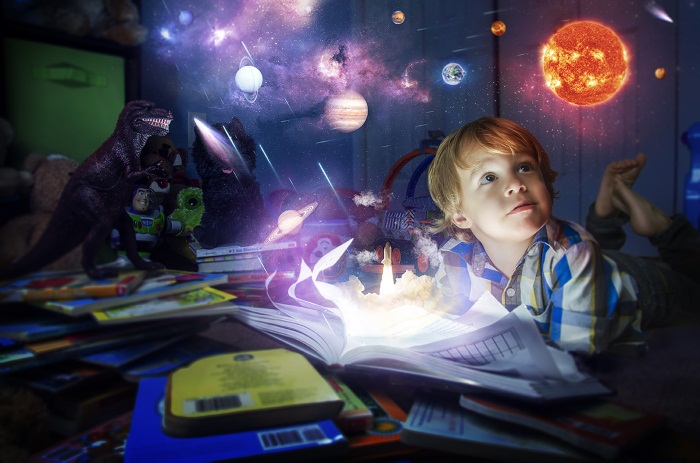
At the same time, positive changes occur in the child's perception of the world and the existing problem that he "threw" on paper. The sixth principle is to draw a mood in lines, not a picture. Neurographics, the principles of drawing for children of which are observed in classes, teaches to hear and know oneself.
Algorithms in neurographics
Algorithms in neurographics allow solving problems of emotional state, tasks to achieve goals, modeling reality. The number of neurographic techniques increases every day, being replenished with author's developments. Several basic algorithms are recognized as basic algorithms for creating new techniques.
Lifting of restrictions
This is the basic and accessible algorithm:
- struggles with internal contradictions;
- removes restrictions;
- transforms negative into positive.
Any technique of sequential drawings to achieve a set goal or get rid of a problem begins with an algorithm for removing restrictions. The algorithm is based on the above principles and allows you to get rid of anxiety, gain a sense of freedom, security and self-confidence.
Neurographics, the principles of drawing for children of which are concentrated in this algorithm, will reduce the child's anxiety level and increase his self-esteem.
Communications
The algorithm is aimed at eliminating conflicts in communication between children and adults.
The algorithm is set through topics arising from a conflict situation and problematic communication:
- "Me and him" / "Me and her".
- "Me and them."
- "Me and Mom."
- "Me and my parents."
- "Me and kindergarten."
The topic for working on communication problems is selected depending on the degree of importance for the child. The choice of a topic for the algorithm may be accompanied by unpleasant emotions on the part of the child: fear, tears. All neurographics algorithms can be effectively implemented only in the presence of a caregiver, psychologist, or teacher.
Timeline
The algorithm works on a cumulative principle. All results achieved in the process of neurographics classes are accumulated over time. Drawings are compared, the dynamics of changes in the child's behavior and perception of the surrounding world are tracked. The use of the listed algorithms is mandatory when working with the subconscious of children through drawing.
Techniques used in neurographics
Each child has an individual perception of the world in their subconscious. They choose the colors to fill the resulting drawing independently, in accordance with their internal emotional state in relation to the existing problem that they have depicted.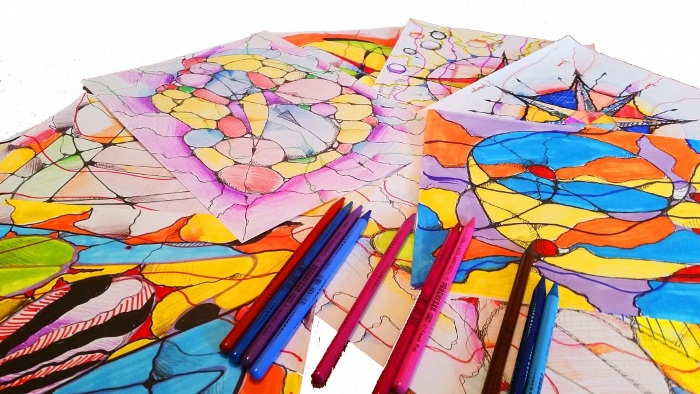
Provide the child with a full set of paints, pencils and markers so that he can use the color he wants.
The scale of the drawing is not limited to certain frames in accordance with the principles of neurographics. When refining the drawing, symmetrical and asymmetrical forms are allowed.
What you will need from the office
All writing instruments are suitable for neurographics: pencils, ballpoint and gel pens, felt-tip pens for creating the main line. To fill the corrected drawing with color, you will need colored pastels or paints with a brush. Drawing tools should be offered to the child to choose from, based on his preferences.
Coloring with colored pencils or markers is not recommended due to the low density of coloring. Unwanted lines and strokes are created with possible intersection, which creates sharp angles (conflict). The result of all work with this method is reduced to zero.
Suitable paper format is A5, A4. When working, you cannot use an eraser or corrector. All lines created on a sheet of paper are valuable for expressing the child's state in relation to the situation.
When the lesson is organized correctly, the work on refining the drawing is accompanied by inspiration. This work involves a number of neurons significantly exceeding the problem task with which the lesson began.
Lessons from P. Piskarev
The author of the method calls neurographics an essence and believes that it has a soul. The property of the soul is to fit into a form. The form is determined by principles. The principles of neurographics decorate life.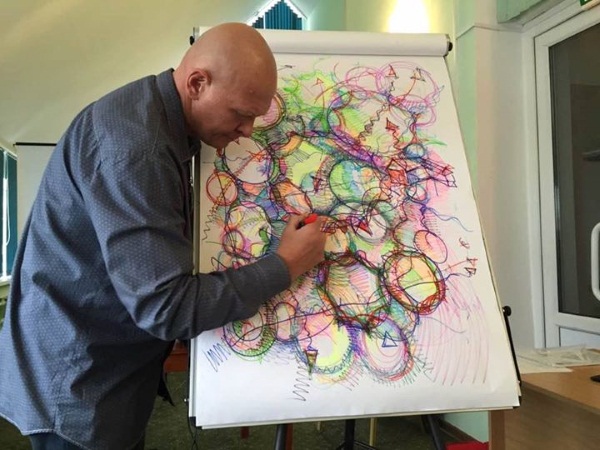
Through drawing, one can convey both problems and fantasies. Laconic and simple pictorial means (lines, circles, triangles, squares) reflect the emotional state of the child and are interconnected.
The peculiarity of Piskarev's technique is the achievement of new desired states with the help of neurographics algorithms. The drawing becomes an installation for positive thinking, a tool for managing reality. It generates the right behavior to achieve the desired changes.
Piskarev equates the principles of neurographics with the principles of soul development:
- The image creates meaning.
- Meaning concentrates the state.
- The problem is born from the mind.
- The solution has the quality of bionics.
- From harmony comes satisfaction.
- The whole world is on the tip of a pencil.
- Any problem of any complexity can be solved graphically.
- The plane of the drawing is limitless.
- The world is shapes and lines.
- Drawing is not difficult.
At the same time, neurographics is not a magical drawing. If a person draws wishes, they will definitely come true. Dreams will become reality provided the person himself tries and wants to change the drawing, and with it the mood, thoughts. This is the basis for "embedding" positive events into life through drawing.
Lessons from Tatyana Lobanova
Neurographics, the principles of drawing for children of which are observed by art therapist Tatyana Lobanova, are needed by all children, without exception. The experiences, fears, and constraints brought out are transformed, lead to relaxation and healing.
Refinement of a spontaneous drawing, changing shapes, lines, sizes, adding color changes the child's mood. The technique is successfully used for children who have had traumatic experiences. The method is also effective in designing a desired future.
The method is based on the connection between hand motor skills and brain activity (neural networks). The child works on the drawing until it is completely completed at his own discretion. The feeling of experienced joy is a healing state of the soul and body.
The methods of art therapist Tatyana Lobanova are applicable to all people, regardless of age and psycho-emotional state.
Lessons from Andrey Konstantinov
The method of the teacher of resource drawing "I-graphics" allows a person to release the "blocked" energy accumulated inside him. Neurographics allows you to direct the released energy in the right direction. The method is based not on clear algorithms, but on the feelings of a person.
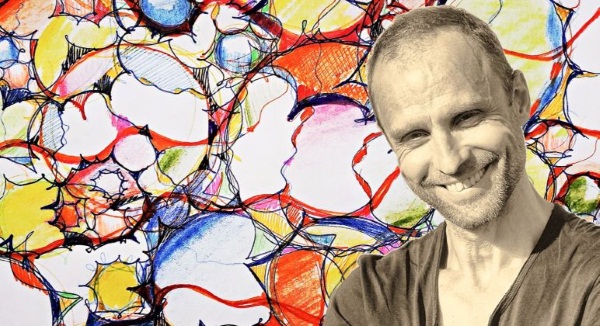
The essence of Andrey Konstantinov's "I-graphics":
- Awareness of one's own positive "I".
It is necessary to mentally collect all the positive things about yourself and define "What am I? Who and what am I?" Difficulties in life, a state of imbalance occur because a person "falls out" of his own "I". The rhythm of life, certain circumstances "pull" him out of his natural state. It is important to focus on the essence of your "I".
- State of joy.
People are in a state of joy not because of events that happen to them or do not happen. People are created for joy, this is their natural state. It is necessary to remember this.
- There are no problems, there are tasks, and they can be solved.
The natural state of joy for a person is a resource state from which resources will be taken to complete tasks.
- I am not just a part of the world, I am the whole world.
Close connection between man and the world. Interchange between thoughts and what happens. "I" is infinity, there are no boundaries.
- An image of one's own self on paper.
The ultimate goal: to get into your “I” through graphics. Bring your resource out of the shadows, release your energy.
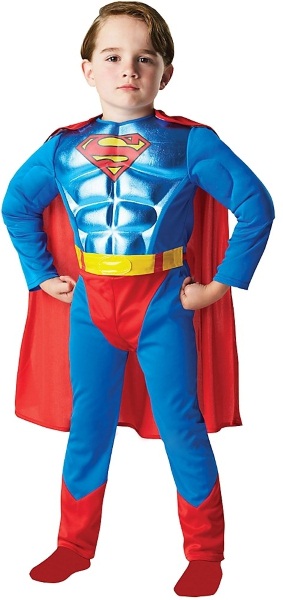
With this method, children are given a chance to work out their internal resources through drawing. When thinking about their own “I,” they tend to associate themselves with fairy-tale characters and superheroes. It is important to focus the child’s attention on the qualities inherent in this hero, and to talk about them together.
Independently and with the help of parents or educational psychologists, an internal motivation is born to correspond to one’s own “I”, to follow it and not to leave its resource zone in the future.
Drawing new figures, improving your own "I" - a resource in graphics changes your attitude to the world. When a task arises, the body will always find a resource to solve it.
The benefits of neurographics for children's development
Frequent fears ("I'll do everything wrong"), anxiety ("I won't succeed"), low self-esteem in children signal problems with psychological health. In the absence of timely support for the child's psycho-emotional health, problems with physical health occur.
Neurographics as a means of non-verbal communication, thanks to its principles, turns drawing into a creative process for children, aimed at developing personal qualities and self-confidence.
Advantages of neurographics over other methods:
- Speech development.
Feelings and emotional state of the child are conveyed through drawing. In this case, the hand acts as an organ of speech. Drawing problems, desires and own fantasies using the neurographics method, children create new neural connections, their thinking changes, and their speech develops.
- Aesthetic development.
The child becomes interested in drawing, and a desire to draw more and create images from fantasies appears. Positive dynamics of development can be observed. The number of figures increases, their complexity grows. Having become an artist, the child changes himself and changes his attitude to the world.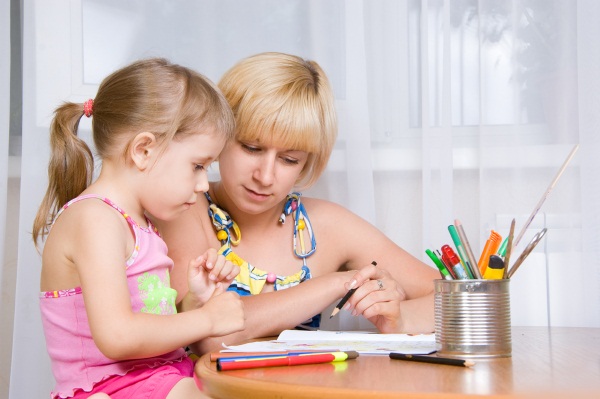
- Emotional balance.
Relief from tension and stressful situations. Calmness when communicating with other children. Getting rid of aggression, negative energy.
- Development of independence.
Neurographics develops independence in working on oneself and knowing oneself: from correcting a drawing to changing one's own behavior. Thanks to the technique, children develop "self-help" - the ability to get out of conflicts, stress, problems.
- Development of imagination.
It is not necessary to bring the drawing to similarity with some images. But after completing the drawing, it is recommended to ask the child what some figures look like. What do they remind you of, what or who are they associated with. This is interesting.
Examples of drawings in neurographics for children
Available drawings in neurographics for children start with a line.
Step-by-step execution of the drawing:
- Drawing a spontaneous line on a sheet of paper for 3-5 seconds. While drawing, the child can think about his problem, immerse himself in his mood.
- Drawing circles at the intersection of lines ("overlap"), forming sharp "piercing" angles.
- Extension and rounding of broken lines.
- Filling forms with color.
- Completing the drawing is drawing the field lines.
You can assess the child’s emotional state using the figures shown in the picture.
| Name of the figure | Meaning |
| Spirals (from inside clockwise) | Increase and growth of energy |
| Spirals (outward clockwise) | Energy reduction |
| Quadrilaterals, polygons | Combining simple forms into complex systems |
| Triangles, angles | Hot issues, problematic tasks, conflict, aggression |
| Circles, hemispheres | Harmony, security |
The child's choice of figures used to correct the drawing depends on his age and development. The presence of hemispheres and rounded lines in the drawing instead of a ball signify harmony and calm. The presence of "zigzags" and sharp broken lines instead of triangles signify anxiety and a state of conflict.
The use of these same figures is interpreted differently when performing a drawing-installation, a drawing-motivation. For example, a triangle means moving forward, development dynamics, purposefulness. A square gives the neurographer an installation for thoroughness and confidence. A drawn square will help to record the result of the work done.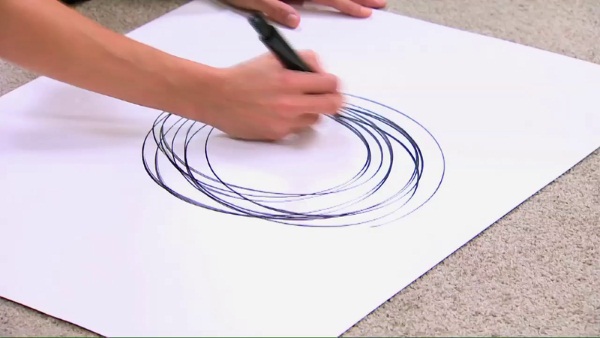
A large circle will inspire good luck. It is necessary to place in this circle everything that is required at this moment in life.
In neurographics there is no connection to the meaning of color. Coloring a geometric drawing with different colors is done in the key to its improvement. The drawing should be bright and beautiful. The use of neurographics technique in combination with other traditional methods and techniques develops personality, forms its creative potential, artistic abilities.
Drawing in the technique of neurographics contributes to the moral and aesthetic development of children. The child sets tasks for himself and tries to solve them independently. At the same time, the child's desire and work must be stimulated and supported.
Neurographics is a drawing technique without boundaries. The principles of this method allow you to eliminate unnecessary settings at the unconscious level. In another form of application, the technique allows you to model the desired future with the help of drawing and give the "correct" settings.
For children and adults, neurographics is used at the first stage as a release from the excess burden of thoughts and emotions. At the second stage, neurographics forms an internal potential capable of modeling the desired changes.
Article formatting: Vladimir the Great
Video about neurographics
Neurographics - the first morning of the new year:
